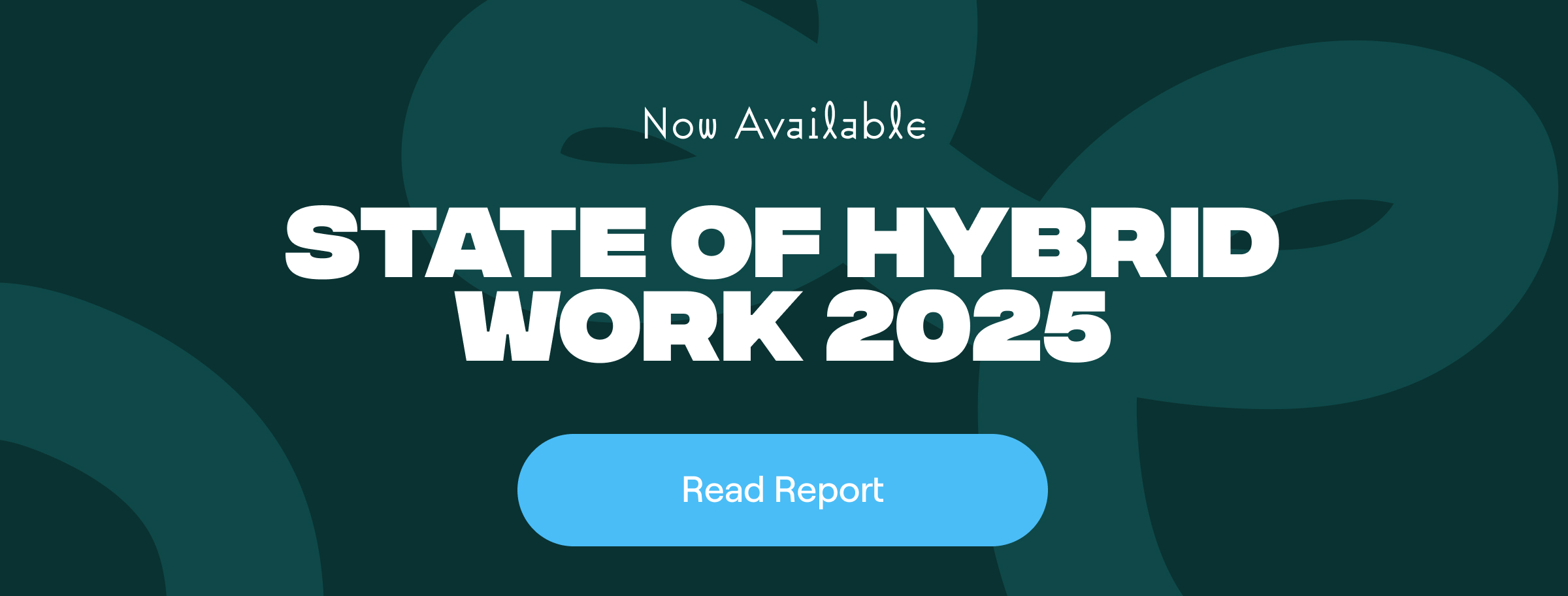Remember coffee badging? That viral phenomenon where employees trek into the office just long enough to swipe their badge, grab a complimentary latte, and then head back home to actually work? Well, just as we thought we had the vocabulary to describe the bizarre new rhythms of hybrid work, a new, even more subtle trend has emerged from the shadows of flexibility: microshifting.
It’s not as dramatic as quitting your job to become a digital nomad, nor is it a formal, documented change to your employment contract. It’s the quiet, often unsaid agreement employees are making with themselves to bend the boundaries of the 9-to-5 workday.
So, what exactly is microshifting, why is everyone suddenly doing it, and what does it mean for the future of work? Let's dive in.
What is microshifting?
At its core, microshifting is the subtle, often daily, adjustment of an employee’s working hours or location to better fit their personal life, without a formal request for a schedule change.
Think of it this way:
- The traditional shift: 9:00 AM to 5:00 PM, Monday through Friday. Rigid, reliable, and slightly soul-crushing.
- The formal flexible shift: 7:00 AM to 3:00 PM, approved by HR and documented.
- The micro-shift: Starting work at 8:15 AM, taking a 90-minute lunch break to run an essential errand or hit the gym, and then logging off at 5:45 PM—all while still logging the core required hours and hitting deadlines.
It’s about optimizing personal time by strategically placing small, non-work tasks—a quick dentist appointment, dropping a package off, starting a load of laundry—within the framework of the workday. It’s the ultimate time-management hack enabled by the autonomy of remote and hybrid environments. It’s a silent, iterative negotiation between the employee and the job itself.
The rise of the micro-shift ninja
Why is microshifting becoming the go-to maneuver for the modern professional? The answer is simple: The lines are hopelessly blurred.
The pandemic forced us to bring our entire lives into our workspace. We became accustomed to this chaotic, beautiful blend of professional output and personal upkeep. Now, as companies attempt to re-establish structure (like mandatory office days) and 65% of employees are interested in microshifting, employers are experiencing pushback not through protests but through pragmatism.
Microshifting is a direct response to several modern workplace pressures:
- The "always-on" culture: Since the email inbox follows us everywhere, employees feel justified in reclaiming personal time during the day. If they’re checking Slack at 8:00 PM, they should be able to run to the post office at 2:00 PM. Some may consider it a tit-for-tat.
- Managing the "double life": For parents and caregivers, microshifting isn't a luxury; it's survival. It allows them to squeeze in the school pick-up, the elder care check-in, or the household chore that previously required a half-day off.
- Focus on output over hours: The greatest enabler is the shift to a truly results-oriented work culture. If an employee delivers exceptional work on time, does it really matter if they were answering emails from the coffee shop at 7:00 AM or working on a report at 9:00 PM? For forward-thinking leaders, the answer is increasingly no.
The good, the bad, and the micro-shifty
73% of employers haven’t changed their remote or hybrid work policies within the past year. And like with any workplace trend, microshifting is a double-edged sword that affects both employees and organizations.
The upside:
- Reduced burnout: Employees feel like they have greater control over their lives, which dramatically reduces the feeling of being chained to a desk. This translates to higher morale and better engagement.
- Increased productivity: An employee who uses their micro-shift to hit the gym often comes back with renewed energy and focus, making the remaining hours more productive.
- Retention and attraction: With 40% of workers stating that they would look for another job if hybrid and remote scheduled were eliminated, offering the implied flexibility of microshifting becomes a key competitive advantage in a tight labor market.
The downside:
- Coordination chaos: When everyone is microshifting, it can decimate synchronous work. Team meetings suffer, and cross-functional communication becomes a series of delayed messages.
- The perception of unease: Managers who are stuck in an "hours-in-seat" mindset may see microshifting as "slacking off." This can lead to trust deficits and unnecessary surveillance (the very thing that killed the traditional office).
- Burnout (the sneaky kind): Because employees are constantly switching between "work" and "life" tasks, they might feel like they are never truly present in either. The work-day simply becomes longer, stretching across the entire day with small personal tasks interspersed.
Embracing the inevitable: a path forward
The reality is, microshifting isn’t going away. It's a natural evolution of a workforce demanding more autonomy and a better work-life fit.
For organizations to thrive in this micro-shift era, they need to implement two key strategies:
- Define core collaboration hours:/strong> Instead of mandating an 8-hour shift, define a 4–5 hour window (e.g., 10 AM – 3 PM) where all team members are expected to be available for meetings and synchronous collaboration. Outside of that window, trust them to micro-shift as needed.
- Measure output, not presence: This is the mantra that separates modern leadership from outdated management. If an employee is consistently meeting their Key Performance Indicators (KPIs) and delivering on projects, their time adjustments are their business.
Microshifting is simply the newest term for a fundamental truth: work is what you do, not where or exactly when you do it. By acknowledging and strategically managing this new flexibility, companies can transform potential chaos into a cornerstone of a high-trust, high-performing culture. It's time to stop chasing ghosts like "coffee badging" and start leading with trust.
%20(1).png)
Better meetings start here
From huddle rooms to boardrooms and everything in between, we’ve got you covered with solutions that take teamwork to the next level.
Shop Solutions